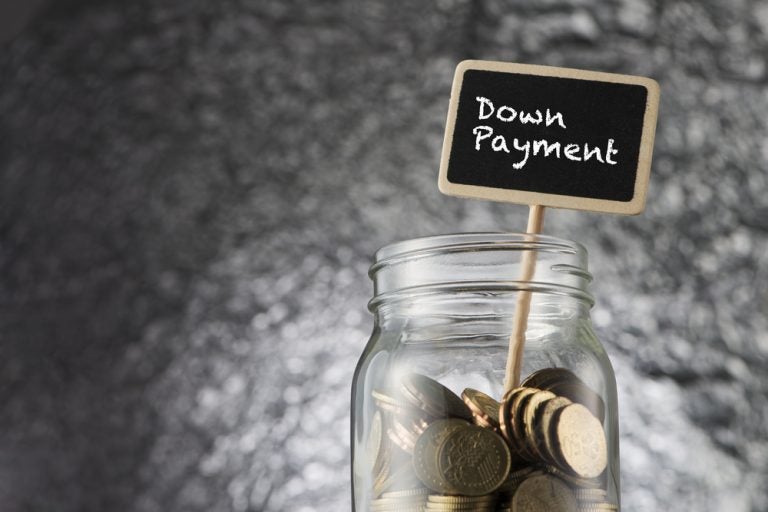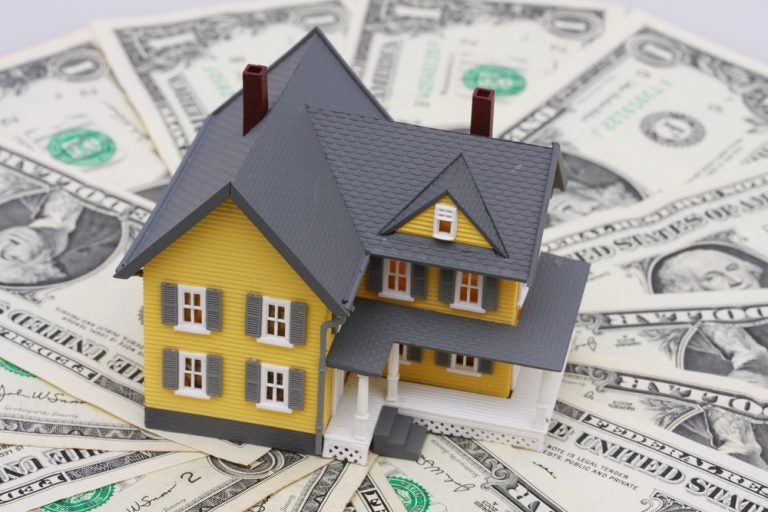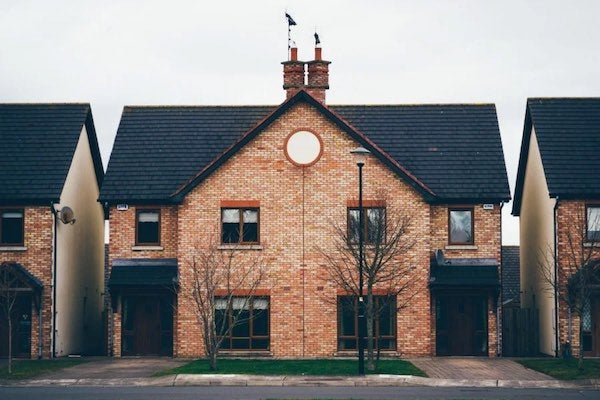Shopping for a mortgage? Explore current rates, compare lenders, and utilize our convenient calculators to determine your home affordability. Our expert team offers timely news updates and guidance to assist you throughout the mortgage process.
Mortgage Basics
Calculate Your Mortgage Payment
Editor's Picks
$200,000 Mortgage Payment Over 30 Years: How Much Will it Cost You?
100% Financing Mortgage: No Down Payment Needed
5/1 ARM vs. 30-Year Fixed Mortgage: Which Is Right for You?
500 Credit Score Mortgage Lenders
Latest Headlines

•
January 30th, 2025
Can You Use a HELOC for a Down Payment?
If you’ve ever wondered, “Can you use a HELOC for a down payment?” we have the answer for you.
read more
Can You Use a HELOC to Buy a House?
•
January 30th, 2025
The phrases “Can you” / “Should you” use a HELOC to buy a house? vary depending on your situation.

How Soon Can You Get a HELOC After Purchase?
•
January 29th, 2025
A mortgage lender answers the question, “How soon can you get a home equity line of credit after purchase?”

Cash-Out Refinance vs. HELOC: Know the Difference
•
January 29th, 2025
Find out the key differences between a cash-out refinance vs. HELOC and which one is right for you.









